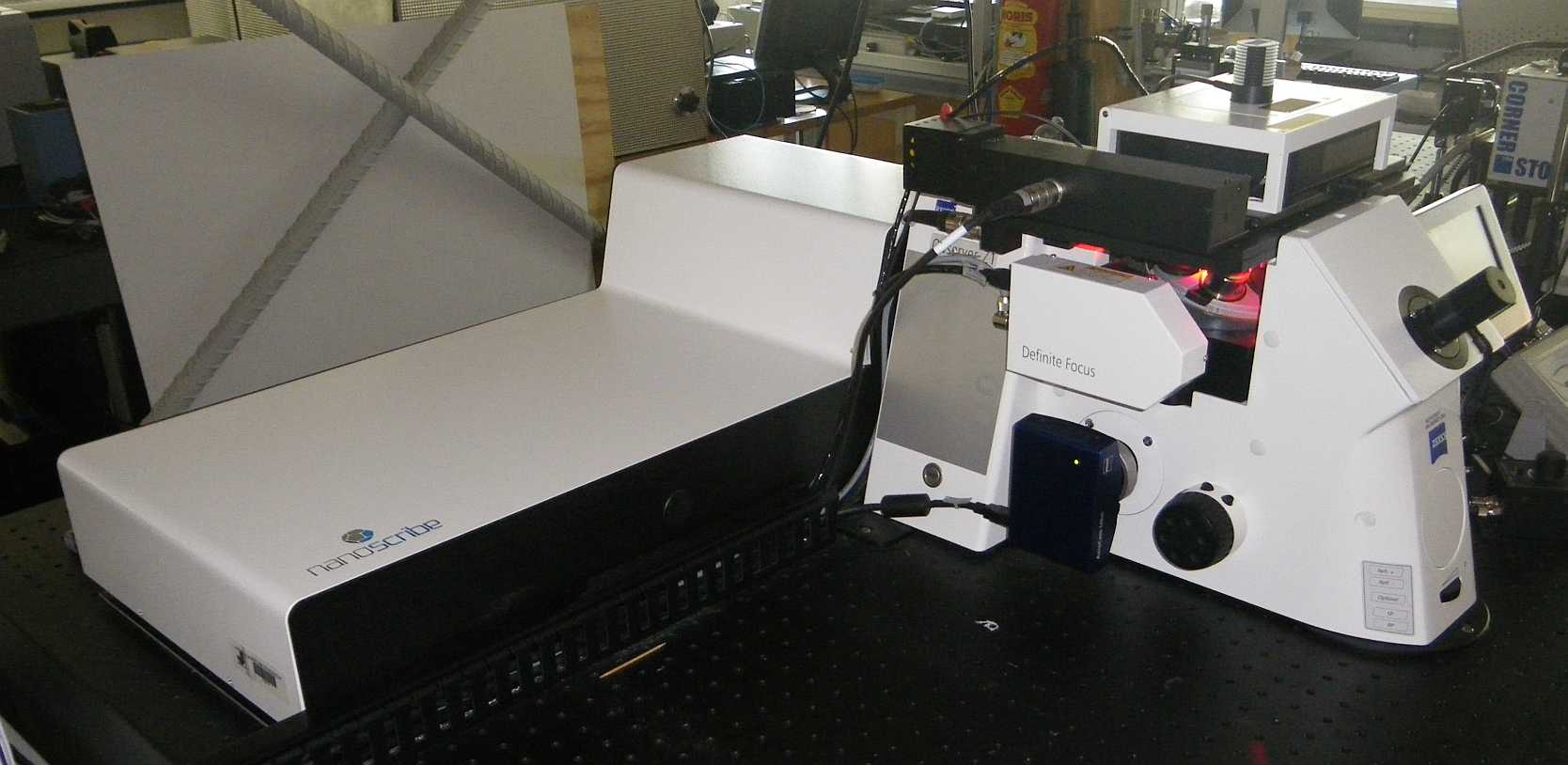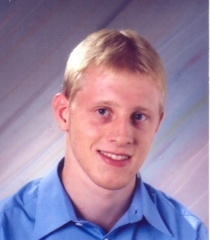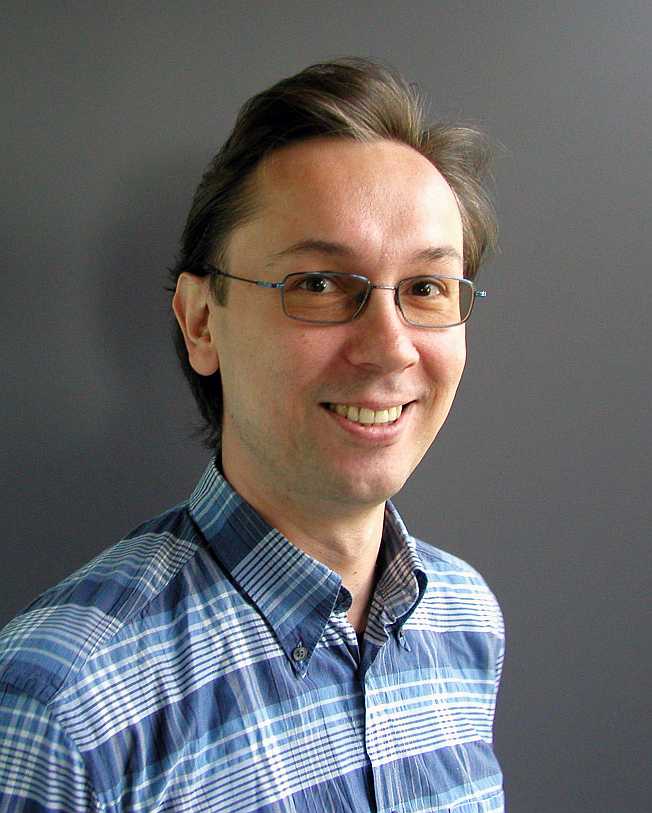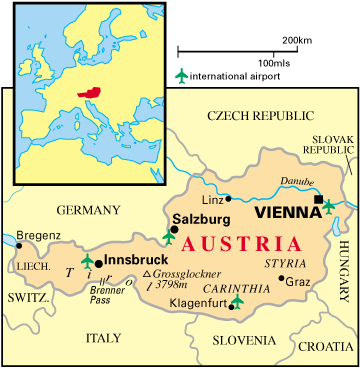Joanneum Research
JOANNEUM RESEARCH is a professional innovation and technology provider with a track record of 30 years in cutting-edge research at international level. With its 430 employees it focuses on applied research and technology development, thus playing a key role in technology and knowledge transfer in the local region of Styria.
JOANNEUM RESEARCH actively cooperates with the business and public sectors to generate new innovations and carries out application-oriented research and development projects to promote technology transfer to industry. JOANNEUM RESEARCH is active in the areas:
- MATERIALS – Institute for Surface Technology and Photonics,
- HEALTH – Institute for Biomedicine and Health Sciences,
- DIGITAL – Institute for Information and Communication Technologies,
- RESOURCES – Institute for Water, Energy and Sustainability
- POLICIES – Centre for Economic and Innovation Research.
Link: http://www.joanneum.at
MATERIALS – Institute for Surface Technologies and Photonics
 The miniaturisation of components plays a key role in modern technologies. The MATERIALS Institute for Surface Technologies and Photonics specialises in optimising technologies, products and processes in the fields of micro- and nanostructuring, functional coating, laser manufacturing technology, chemical and biosensor systems as well as light and optical technologies.
The miniaturisation of components plays a key role in modern technologies. The MATERIALS Institute for Surface Technologies and Photonics specialises in optimising technologies, products and processes in the fields of micro- and nanostructuring, functional coating, laser manufacturing technology, chemical and biosensor systems as well as light and optical technologies.
This expertise provides the basis for interdisciplinary solutions across the entire development and supply chain for modern products based on miniaturisation, integration and materials optimisation. The Institute’s comprehensive expertise and infrastructure are geared to the requirements of local and national industry and socially relevant topics.
Link: http://www.joanneum.at/en/materials.html
Relevant fields of research
Organic and inorganic single and multiple layer coatings play a central role in modern technology. The Institute is predominantly involved with the production and modelling of multiple layer structures with defined optical and dielectric properties, i.e. transmission and reflection, refractive index and absorption coefficient of these layer systems can be “fine tuned”. Furthermore, these materials can be applied onto very different substrates, such as plastics, metals or ceramics.
With nanotechnology, even optical and electronic properties which normally mutually exclude each other can be combined to create materials, which are for instance transparent and yet still good electric conductors. The Institute’s work is the physical characterisation of the electronic and optical properties of such systems, and their technological utilisation. The layer and interface systems developed here are used for improving the effectiveness of optical, electronic and optoelectronic components.
Research in LAMP
 The novel direct laser patterning (DLP) method requires a comprehensive study of laser parameters such as wavelength, pulse duration, repetition rate, pulse energy, exposure time of laser for optimal QDs production.
The novel direct laser patterning (DLP) method requires a comprehensive study of laser parameters such as wavelength, pulse duration, repetition rate, pulse energy, exposure time of laser for optimal QDs production.
DLP of QD is considered superior to conventional thermal processing of QDs because laser parameters enable in situ control of QD properties (size -> color) in combination with geometric arrangement (patterns) of the QD in the matrix in contrast to the unspecific generation of QDs in a heated solution, which shows no size and no geometric control over individual QDs . This yields a very efficient way of tuning the optical properties of the system according to the desired application (e.g. displays).
Beside a long pulse exposure of the materials at (N)IR wavelengths, which is similar to material heating, a photo-chemical approach applying ultra-fast lasers is investigated. The very high power of the focused fs laser pulse in the NIR-VIS regime enables multi-photon processes and other non-linear optical phenomena that can be exploited regarding the formation of QDs.
People
DI Andreas Hirzer
 After receiving a diploma in Technical Physics at the Graz University of Technology, A. Hirzer joined JOANNEUM RESEARCH (MATERIALS – Institute for Surface Technologies and Photonics) in March 2011. His current research within the LAMP project is focused on direct laser patterning (DLP) and characterization of nanoparticles in polymers with the overall goal to develop hybrid light emitting devices. He will be mainly involved in the design of the DLP process for the fabrication of QD-LED and LET devices.
After receiving a diploma in Technical Physics at the Graz University of Technology, A. Hirzer joined JOANNEUM RESEARCH (MATERIALS – Institute for Surface Technologies and Photonics) in March 2011. His current research within the LAMP project is focused on direct laser patterning (DLP) and characterization of nanoparticles in polymers with the overall goal to develop hybrid light emitting devices. He will be mainly involved in the design of the DLP process for the fabrication of QD-LED and LET devices.
DI. Dr. Volker Schmidt
 V. Schmidt has a background in laser physics and in ultrafast laser material processing. He has several years of experience in the field of multi-photon 3D laser lithography of organic materials, optical simulations of micro-photonic systems and was responsible for several large contract research projects. He will be supporting the design of the DLP process for the fabrication of QD-LED and LET devices and administrate the project at JOANNEUM RESEARCH.
V. Schmidt has a background in laser physics and in ultrafast laser material processing. He has several years of experience in the field of multi-photon 3D laser lithography of organic materials, optical simulations of micro-photonic systems and was responsible for several large contract research projects. He will be supporting the design of the DLP process for the fabrication of QD-LED and LET devices and administrate the project at JOANNEUM RESEARCH.
Contact info
- By mail:
Dr. Volker Schmidt
DI. Andreas Hirzer
MATERIALS
Institute for Surface Technologies and Photonics
Franz-Pichler-Straße 30
8160 Weiz
|
+43 316 876-2722 |
|
+43 316 876-3010 |
|
volker.schmidt@joanneum.at |
| andreas.hirzer@joanneum.at |


